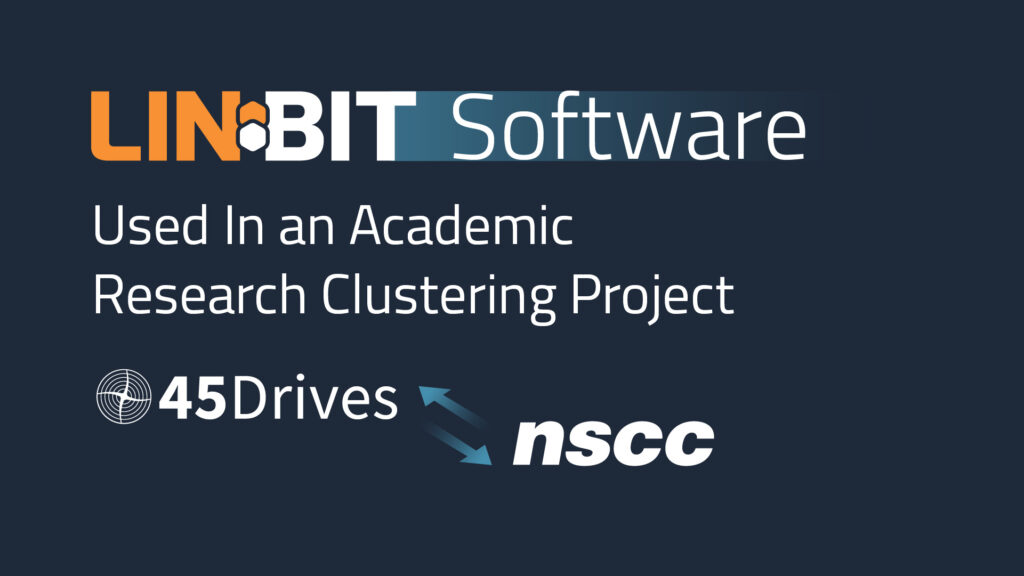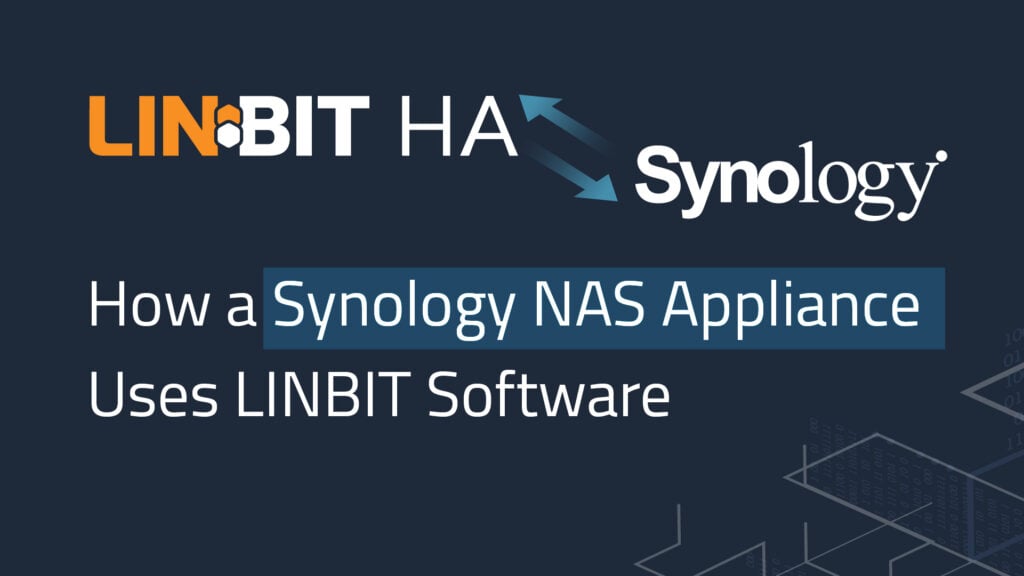Using Fencing in Pacemaker Clusters on VirtualBox Hypervisors

This blog post will describe how you can configure the fence_vbox fence agent in high-availability (HA) Pacemaker development clusters running on VirtualBox for Linux. Fencing is an
XZ Backdoor & LINBIT Updates

Without question, the most drastic news event in the past two weeks was, of course, the backdoor in XZ Utils’ liblzma, which implements a backdoor
Disaster Recovery Is Not a Technology, It’s a Plan

Disaster recovery (DR) is often perceived as a purely technological solution implemented within storage or virtualization environments, thanks to aggressive marketing by software vendors. However,
LINBIT Software Used In an Academic Research Clustering Project

We at LINBIT® are pleased to learn about a collaborative research project between 45drives, a data storage solutions company built on open source, and Nova Scotia Community
Using the DRBD Quorum Feature as an Alternative to Fencing in a Pacemaker Cluster

Implementing fencing is a way to ensure the consistency of your replicated data by avoiding “split-brain” scenarios. When communication between cluster nodes breaks, fencing prevents
Discussion with Our Partners after the VMware News

We held our recent Community Meeting on March 14th, and decided to try something new. We gave our developers a break from the spotlight to invite partners
Configuring Highly Available NVMe-oF Attached Storage in Proxmox VE

LINBIT® develops and supports software used to build high availability clusters for almost any application or platform out there. It does this by creating tools
The Stretched Cluster Disaster Recovery Strategy

My colleague, Yusuf Yildiz, a solutions architect here at LINBIT® strongly believes disaster recovery (DR) should be thought of as a plan, rather than a
How a Synology NAS Appliance Uses LINBIT Software for High Availability

Recently I came across Synology’s spin on high availability. After perusing through their documentation I noticed an all too familiar protocol: DRBD®. Recognizing this software and having a
Highly Available SCST & LIO iSCSI Clustering How-To Guide Update & Comparison

Companion Tech Guide Updated using Community Feedback on 3/21/24 LINBIT®️ has been building and supporting Highly Available (HA) iSCSI clusters using DRBD®️ and Pacemaker for